Woman Walked 20,000 Steps a Day and These 6 Unexpected Benefits Changed Her Life
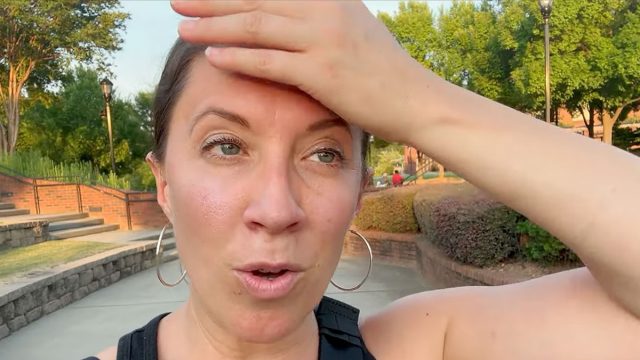
Most people hit roadblocks in their fitness journey, trying program after program without seeing meaningful results. That's exactly where Erin Giles found herself before embarking on a challenge to walk 20,000 steps every day for 30 days. What began as an alternative to a Spartan Race she wasn't quite ready for evolved into a transformative experience with benefits far beyond what she expected. For anyone seeking a sustainable way to improve their health without extreme dieting or intense workouts, Erin's walking journey offers practical inspiration and surprising insights.
Why She Started This Crazy Challenge
Sometimes, the best decisions start with saying no to something else. "I chickened out on saying yes to a spartan race with one of my best friends. I decided on a whim to do another kind of challenge," Erin explains about her initial motivation.
RELATED: 12-3-30 Walking Method: 20 Proven Tips to Lose Weight Faster
The Challenge: 20,000 Steps Every Day
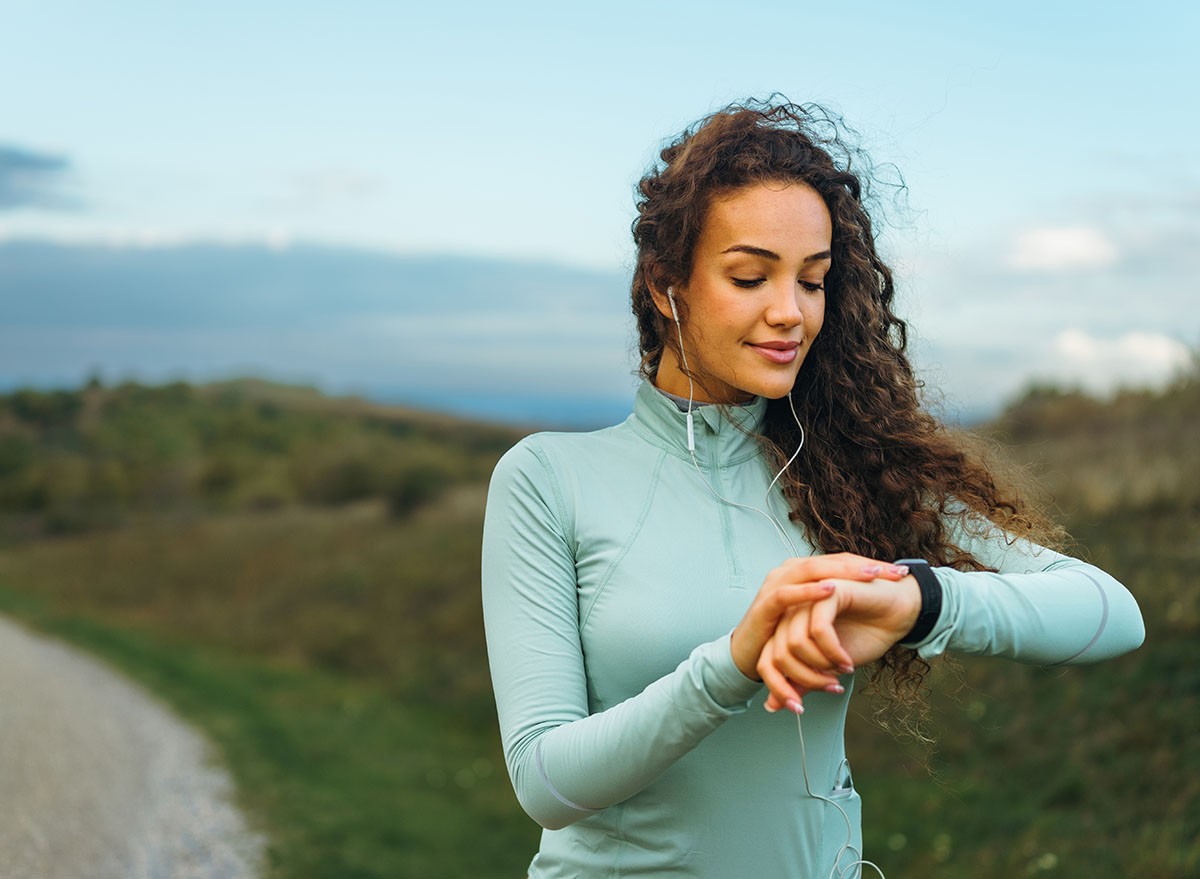
Walking 20,000 steps daily is no small feat. "I had never tracked my steps or attempted a step goal so I had no idea how time-consuming 20,000 steps a day would be or how my body would handle it," Erin admits about starting this challenge. On average, accumulating this many steps took about three hours daily, distributed throughout the day.
Her Daily Walking Schedule
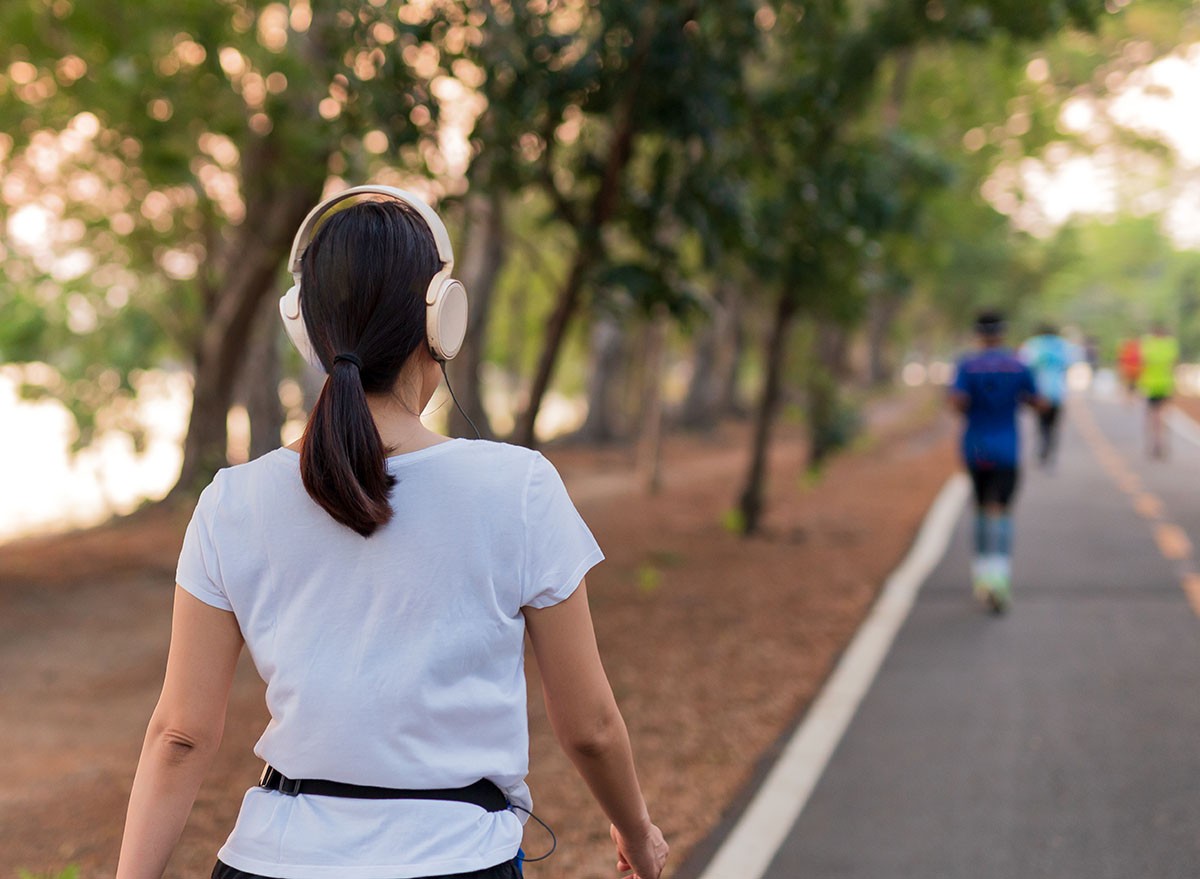
My strategy involved multiple walking sessions throughout the day. "I walked every morning for at least 45 minutes and when I got home, that's when I would do my weight training. This would roughly put me at around 7 to 8,000 steps by about 9 a.m. every morning," Erin explains. Additional walking periods included 30 minutes after lunch or mid-afternoon, a 10-minute jog, and completing remaining steps after dinner—sometimes walking circles through the house or using a treadmill.
Benefit 1: Physical Transformation
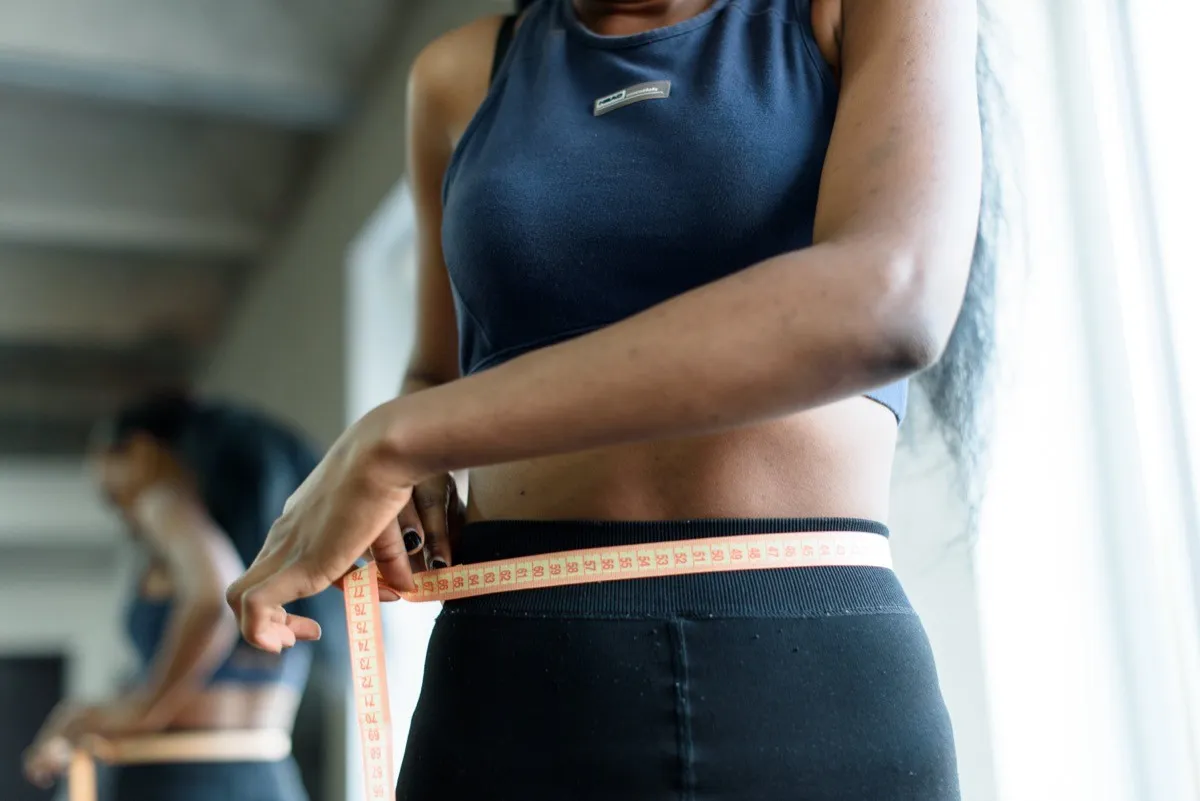
The physical results were measurable and significant. "After walking 20,000 steps a day for at this point I'm around day 43, I've lost a total of three inches around my thighs so that's pretty cool. And last time I weighed myself I lost two pounds," Erin shares about the body changes she experienced.
RELATED: 8 High-Protein Foods with Nearly Zero Calories That Melt Fat
When Simple Works Better Than Hard
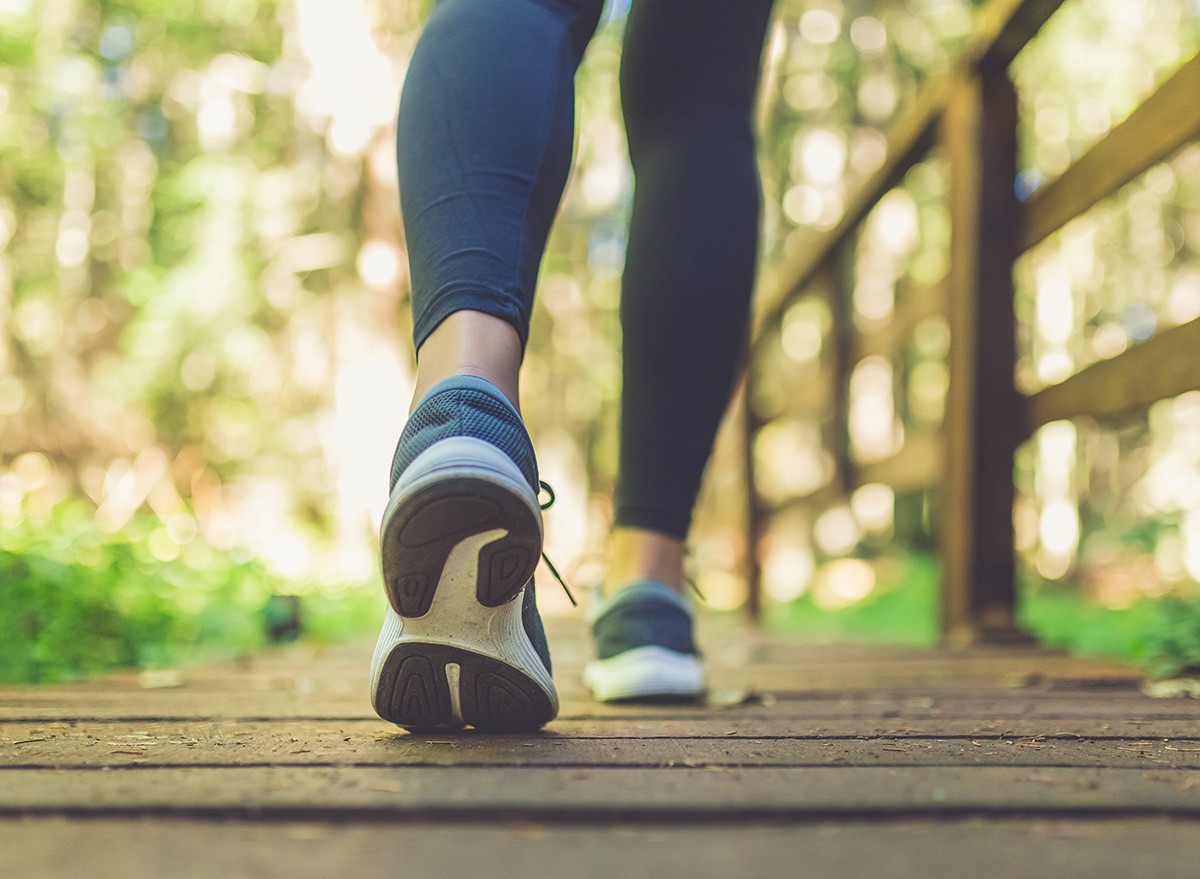
These physical improvements came without restrictive dieting or high-intensity workouts that had previously failed her. "I was at the point where I had tried 75 hard and it didn't even work for me," Erin reveals, highlighting how sometimes simpler approaches can be more effective.
Benefit 2: Mood Enhancement

Perhaps the most profound change occurred in mental wellbeing. "More than the weight. More than the physical changes. My mood. Oh my gosh. I was in such a different happy good mood this last month," Erin enthusiastically reports. The regular walking routine created a positive feedback loop where she actually began craving the activity.
From "Have to" to "Want to"
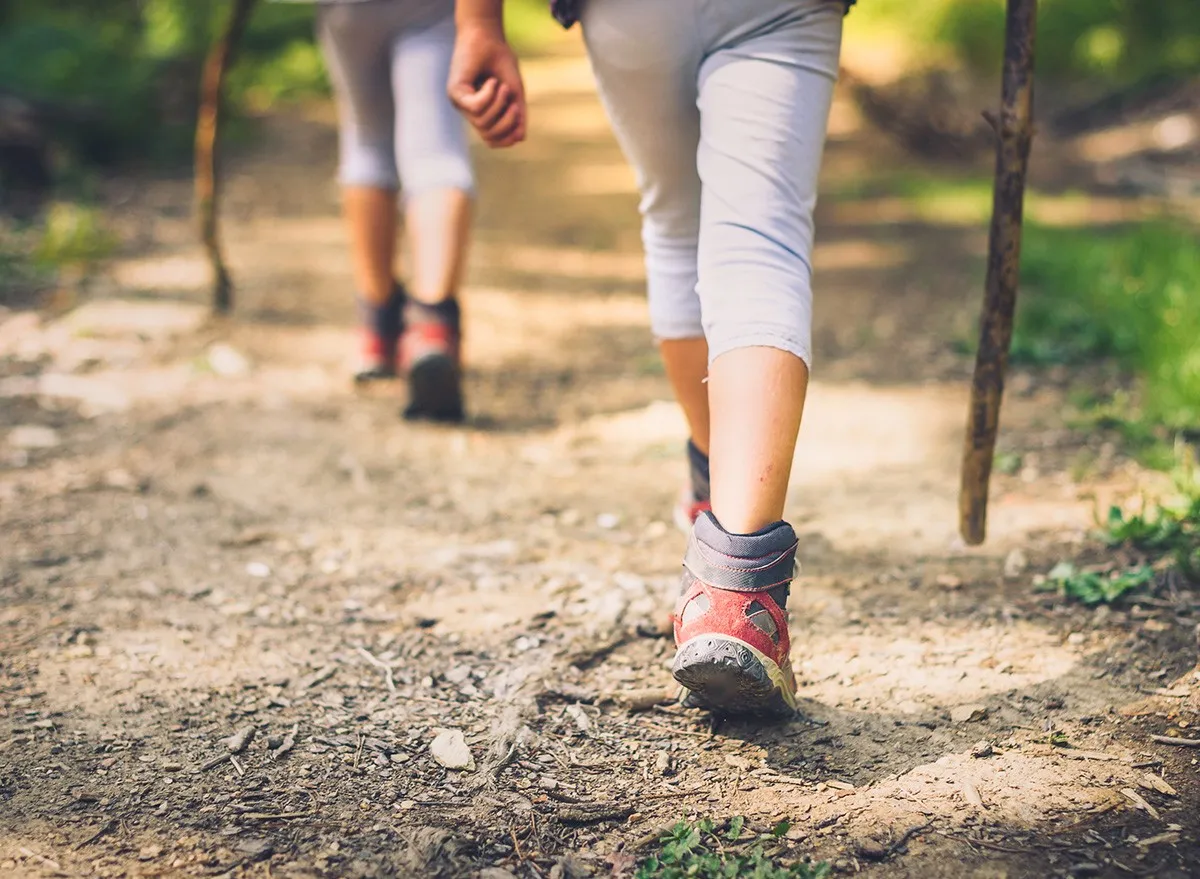
"I didn't like that it was taking up so much time for my day but you know as weeks went on I didn't really mind it. I actually craved it getting up on a Saturday morning at 6:30 and I have the option not to. It feels nice," Erin explains, describing how what started as an obligation became a pleasure.
RELATED: 20 Foods You Didn't Know Were Ultra-Processed
Benefit 3: Connection With Nature
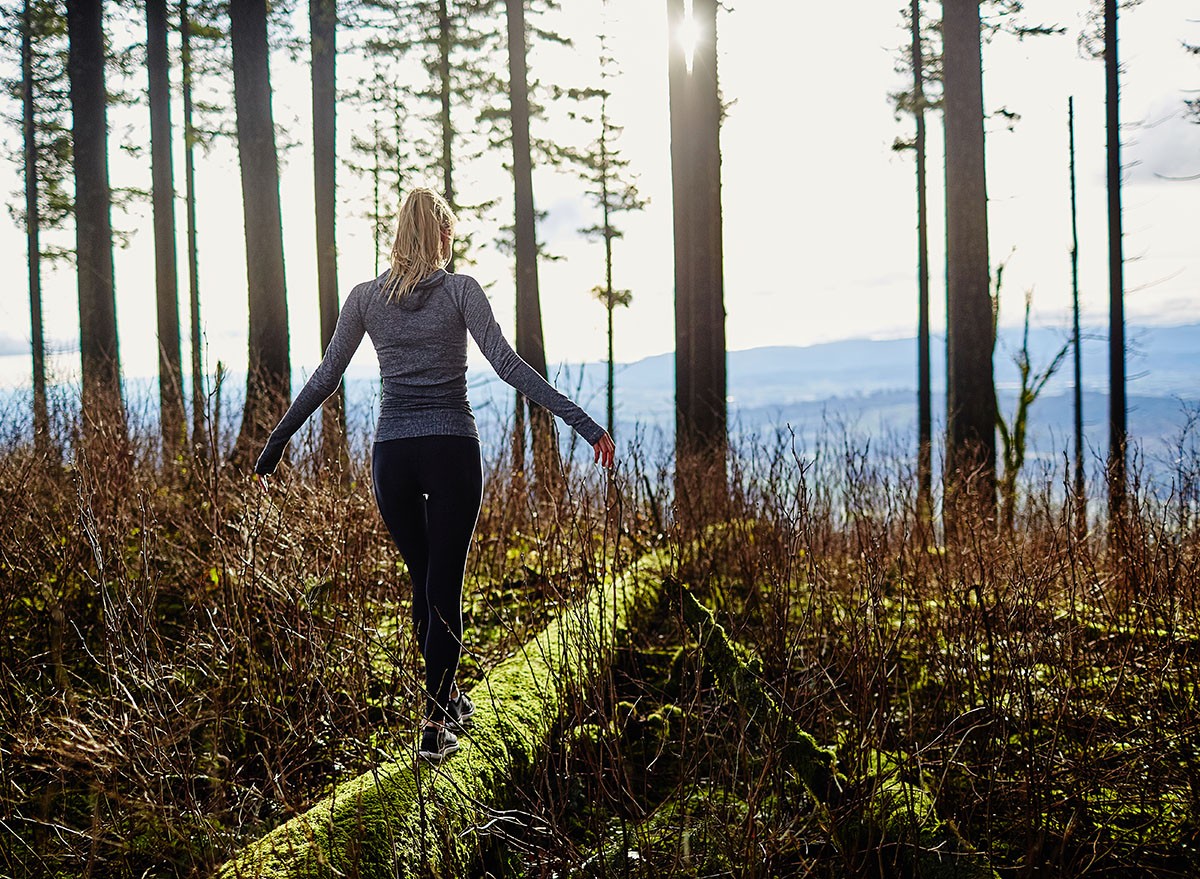
An unexpected spiritual dimension emerged from the challenge. "It's not just the walking. It's being outside with nature. It's being outside with God. It's feeling connected to the earth and the trees and the birds and the sun," Erin shares with genuine appreciation.
Seeing With New Eyes

This deeper connection fostered gratitude and a new perspective: "I have this new appreciation for where we live. The world we live in. I found myself truly marveling at its beauty and at the sounds and at the light. And for that I just have felt so abundant and so grateful."
Benefit 4: Community Building

The challenge created opportunities for meaningful social connections. "We're all like a little community now that says good morning to each other," Erin describes about the regular morning walkers she encountered. What began as a solitary activity evolved into a social experience.
RELATED: I Got My Best Body After 50 and Here's How You Can, Too
Better Relationships Through Walking

Walking also provided quality time with loved ones. "Not to mention the social benefits you receive from walking with someone. It's going to give them your undivided attention and it's going to be extremely beneficial for your relationship," Erin points out, highlighting how walking together fosters deeper connections through shared experiences.
Benefit 5: Improved Digestion

The digestive benefits of walking became undeniably clear—sometimes in unexpected ways. "Walking extremely benefits your digestive system by lowering your blood sugar and walking after eating stimulates your stomach and intestines, making food move through you more quickly and it helps with digestion," Erin explains about this health benefit.
That Embarrassing Moment…
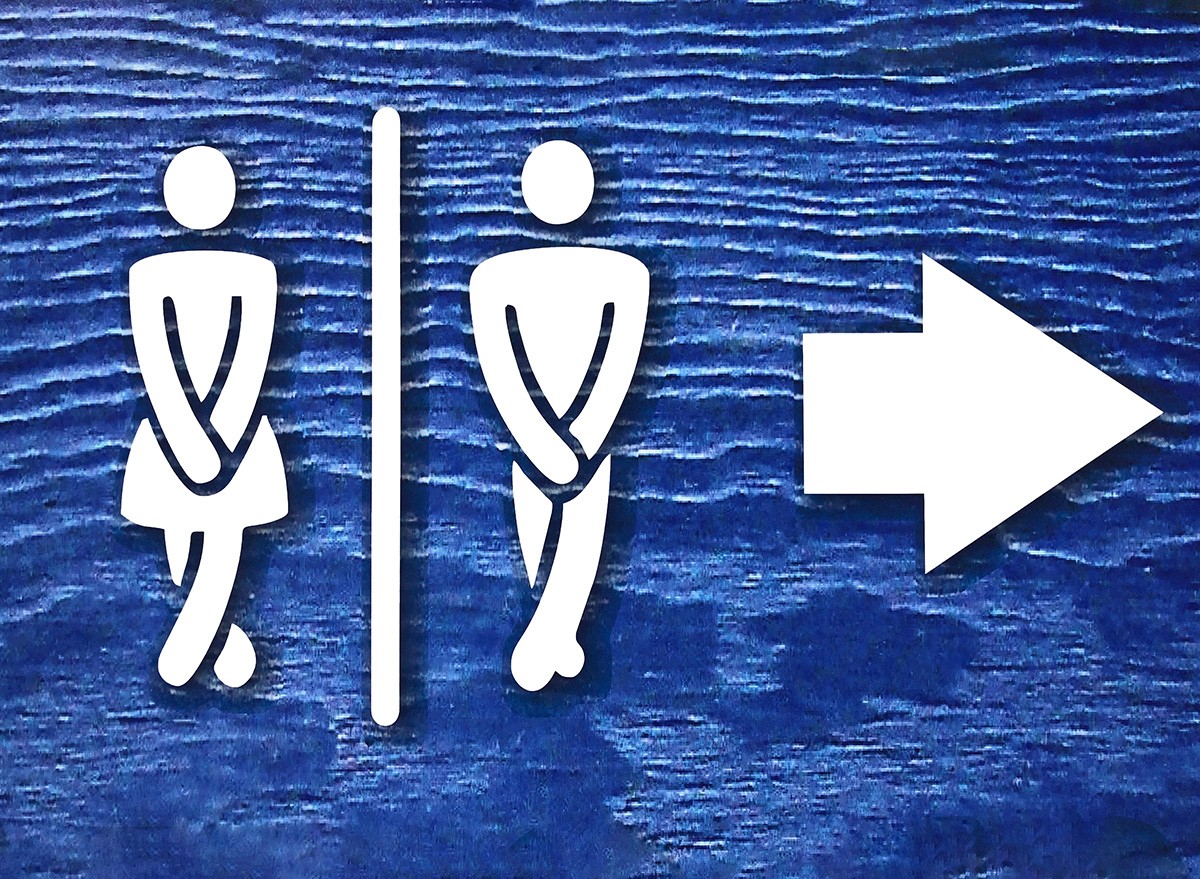
She learned this firsthand through a comical but enlightening bathroom emergency during one of her walks—a stark reminder of how movement influences our body's systems in powerful ways.
Benefit 6: Overcoming Psychological Barriers

Perhaps the most profound benefit was recognizing and breaking through mental limitations. "Another thing I realized during this was that I don't ever really commit to physically hard things," Erin discovered, connecting this pattern to childhood asthma experiences that had created fear around physical exertion.
RELATED: Tone Sagging Arms in 2 Weeks With These 5 Exercises
Facing My Childhood Fears

"I kind of realized that block that I had with feeling of fear that would rise up in me when my chest would get tight or when my breathing would become too heavy. I would tell myself you know pump the brakes you got to stop it's going to get worse," she reveals. By the challenge's end, she was running 10-15 minutes without stopping—something she'd never accomplished before.
Movement Creates Breakthroughs
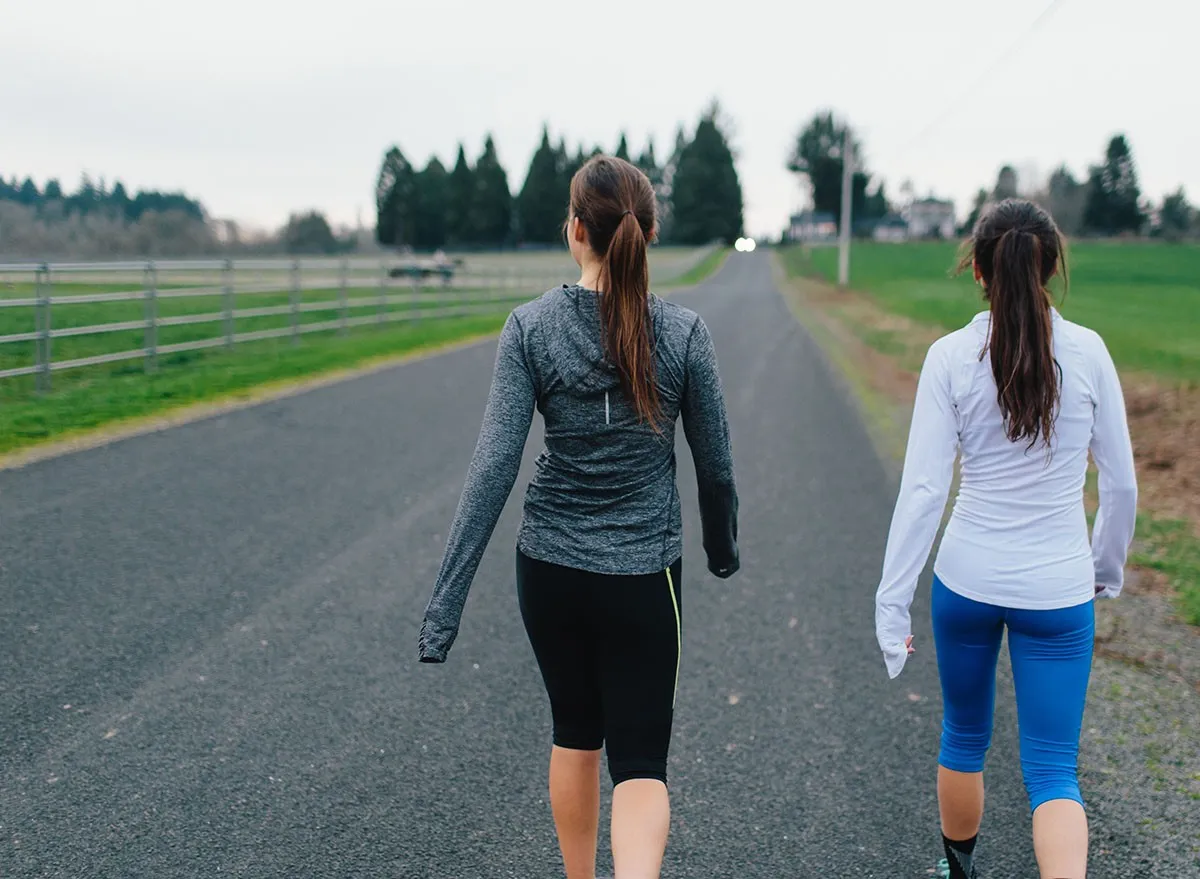
This breakthrough extended beyond physical capabilities into her overall outlook: "You never know what you may process or realize while you are moving while you are moving forward while you are taking action."
Tips For Your Own Walking Journey

"Get creative with how you get your steps in," she suggests. "I was waiting in the mobile parking lot to pick up friends at the airport. And instead of sitting in the car, I probably paced the circle of the parking lot 20 times before they let me know they were ready."
Beat The Heat

For challenging conditions like hot weather, preparation is key: "Get a cooling towel. It really helped. Just put it on my neck or I would tie it around my head. And on the days when it's 90-95 outside I will not leave the house without a cooling towel now."
Mix Up Your Terrain
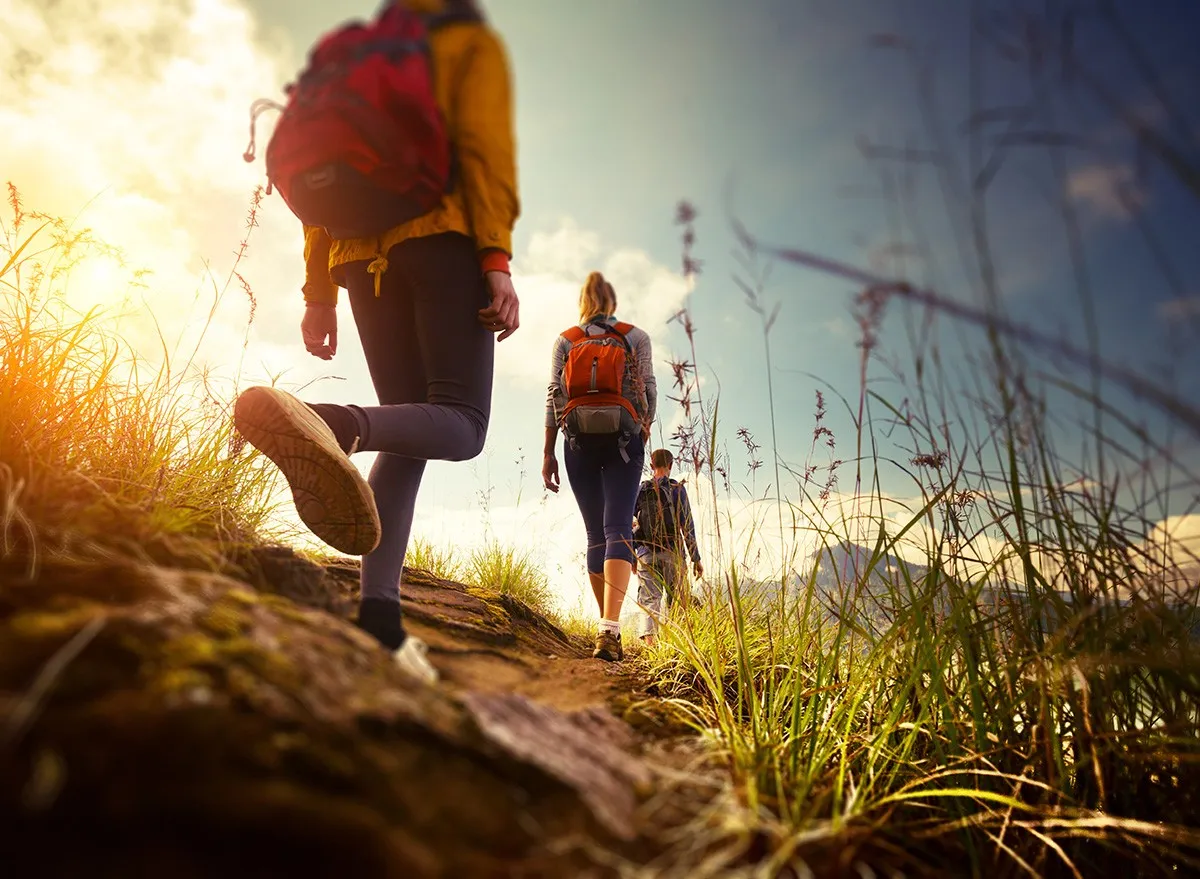
To maximize benefits and prevent adaptation, Erin recommends varied terrain: "Choose areas to walk in that are not just completely flat the whole time. You see when something becomes easy for our bodies, our bodies adapt and we don't burn as many calories." Adding hand weights or ankle weights can further increase intensity as your body adapts.
RELATED: I'm a Nutritionist and These are the Best Banana Recipes For Weight Loss
The Science-Backed Benefits
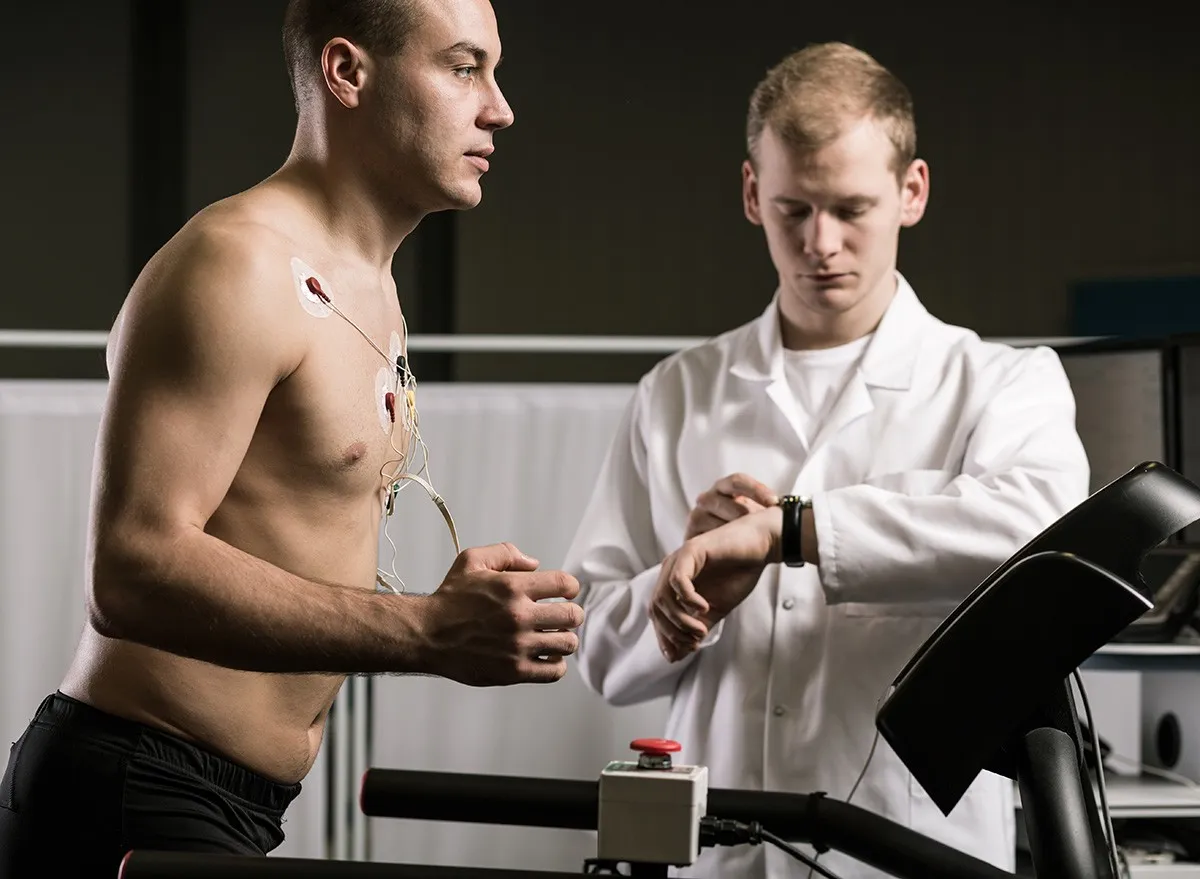
Beyond personal experience, research supports the benefits of regular walking. "Studies show that 9,000 steps a day reduces or slows the rates of cognitive decline," Erin notes. "Studies also show that walking boosts creativity by 60% compared to sitting. Just 35 minutes a day can reduce depression symptoms and improve your mood."
Walking vs. HIIT For Hormones

For hormonal health, walking offers advantages over high-intensity exercise: "Unlike HIIT workouts, a lower intensity exercise such as walking helps your hormones by reducing cortisol which is your stress hormone and releasing endorphins which help you feel good."
It's Now Part Of My Life
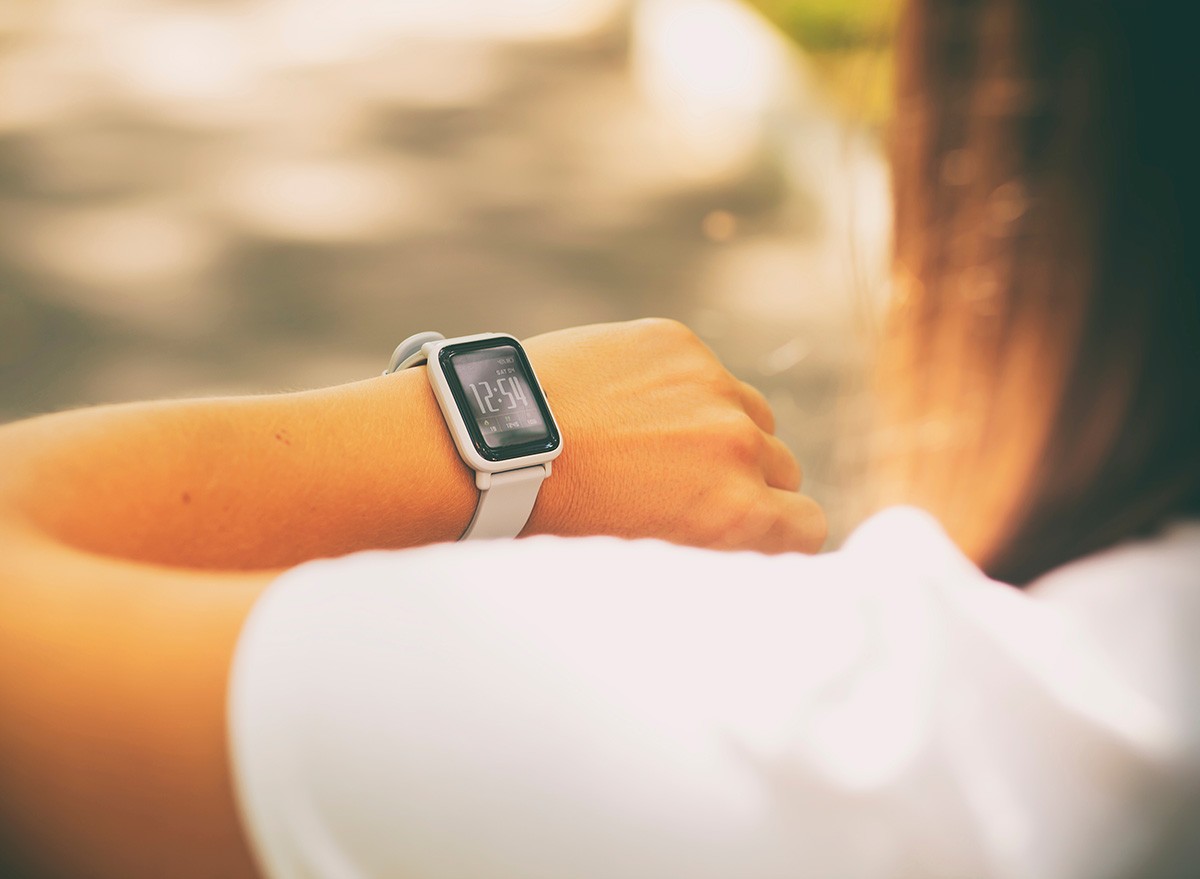
What began as a 30-day challenge has become a sustainable lifestyle change. "I'm still getting up every single morning and walking," Erin says, highlighting the lasting impact of her commitment. By focusing on consistency rather than intensity, she discovered that sometimes the simplest activities deliver the most profound transformations.
Your First Step Forward
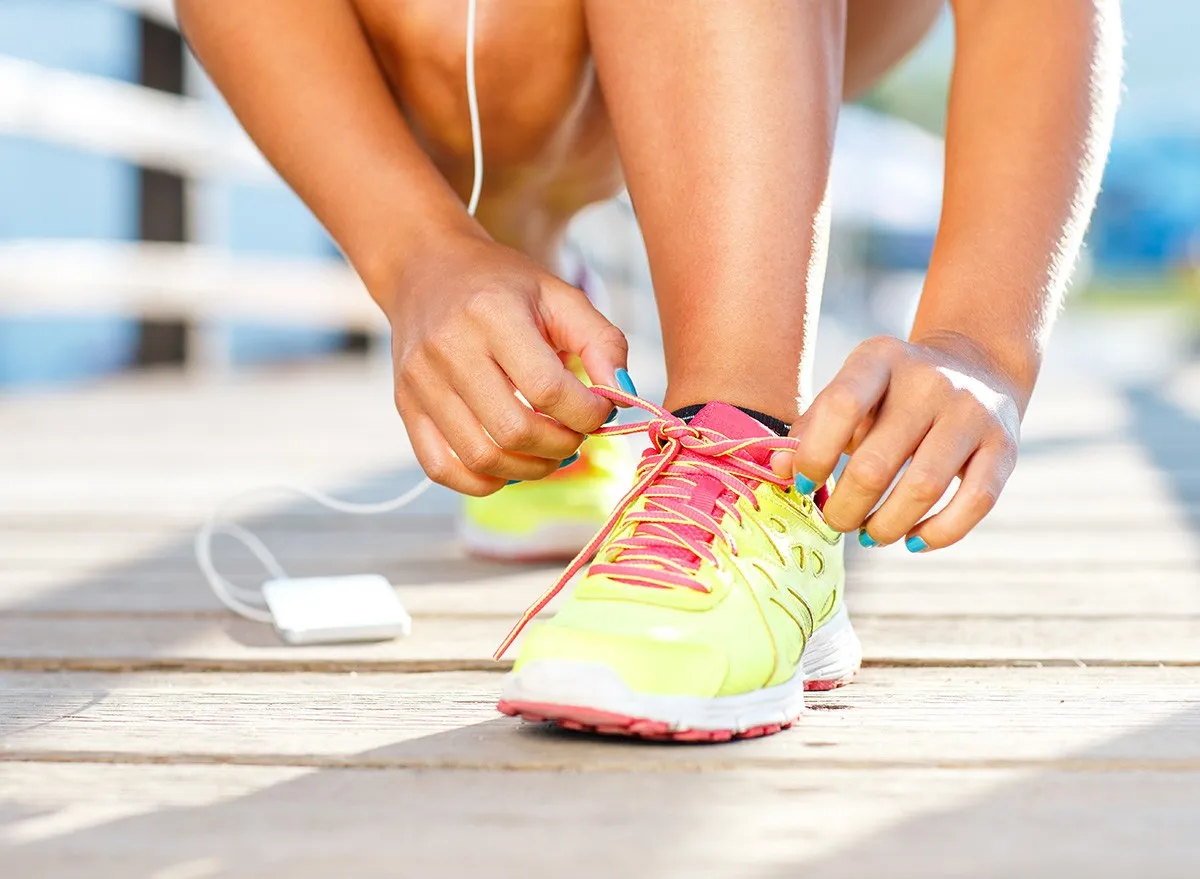
Whether you're looking to lose weight, improve mood, build community, enhance digestion, overcome fears, or simply connect more deeply with nature, walking offers an accessible path forward. As Erin discovered, those 20,000 daily steps led not just to physical changes but to unexpected life transformation in ways she never anticipated.




